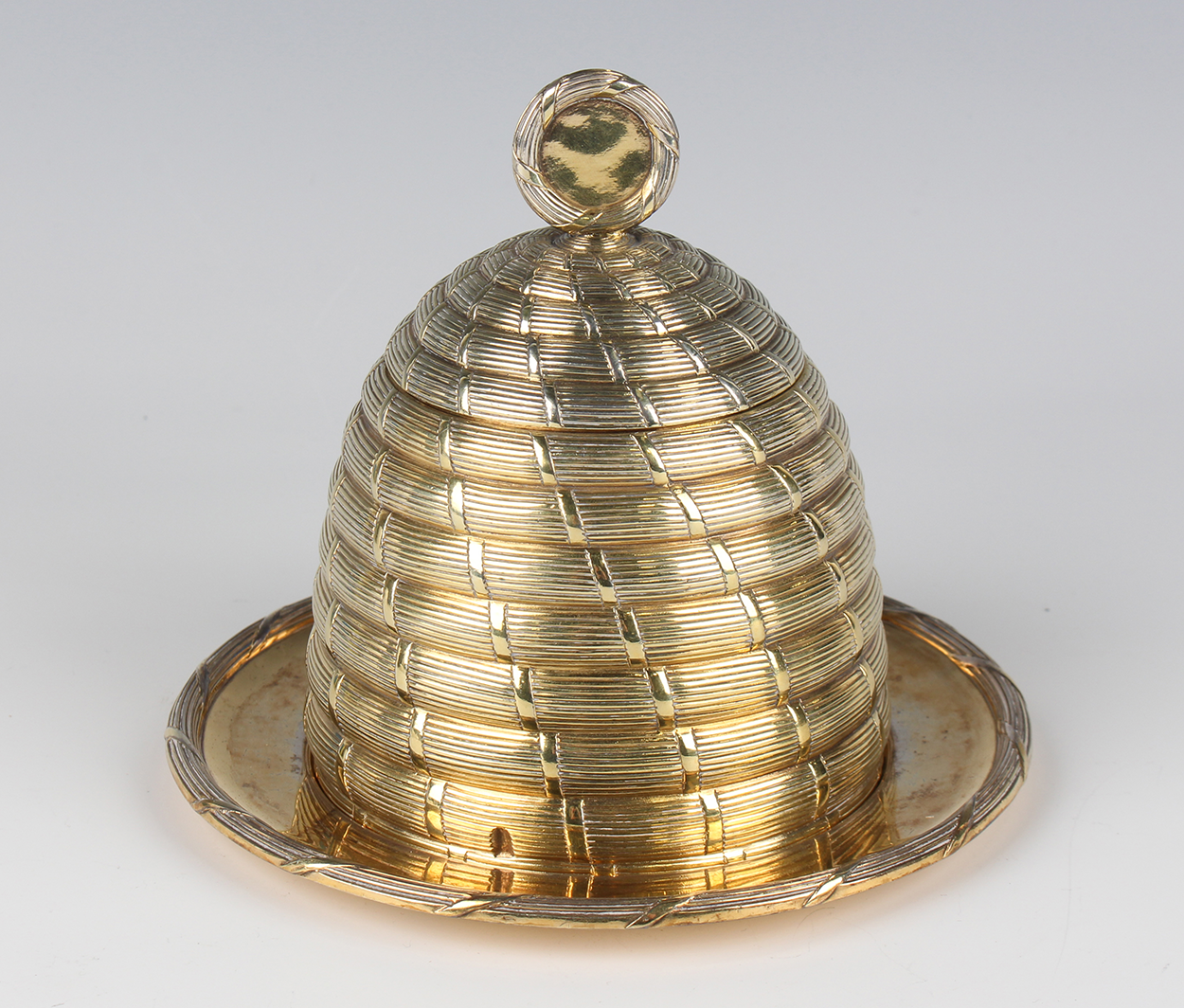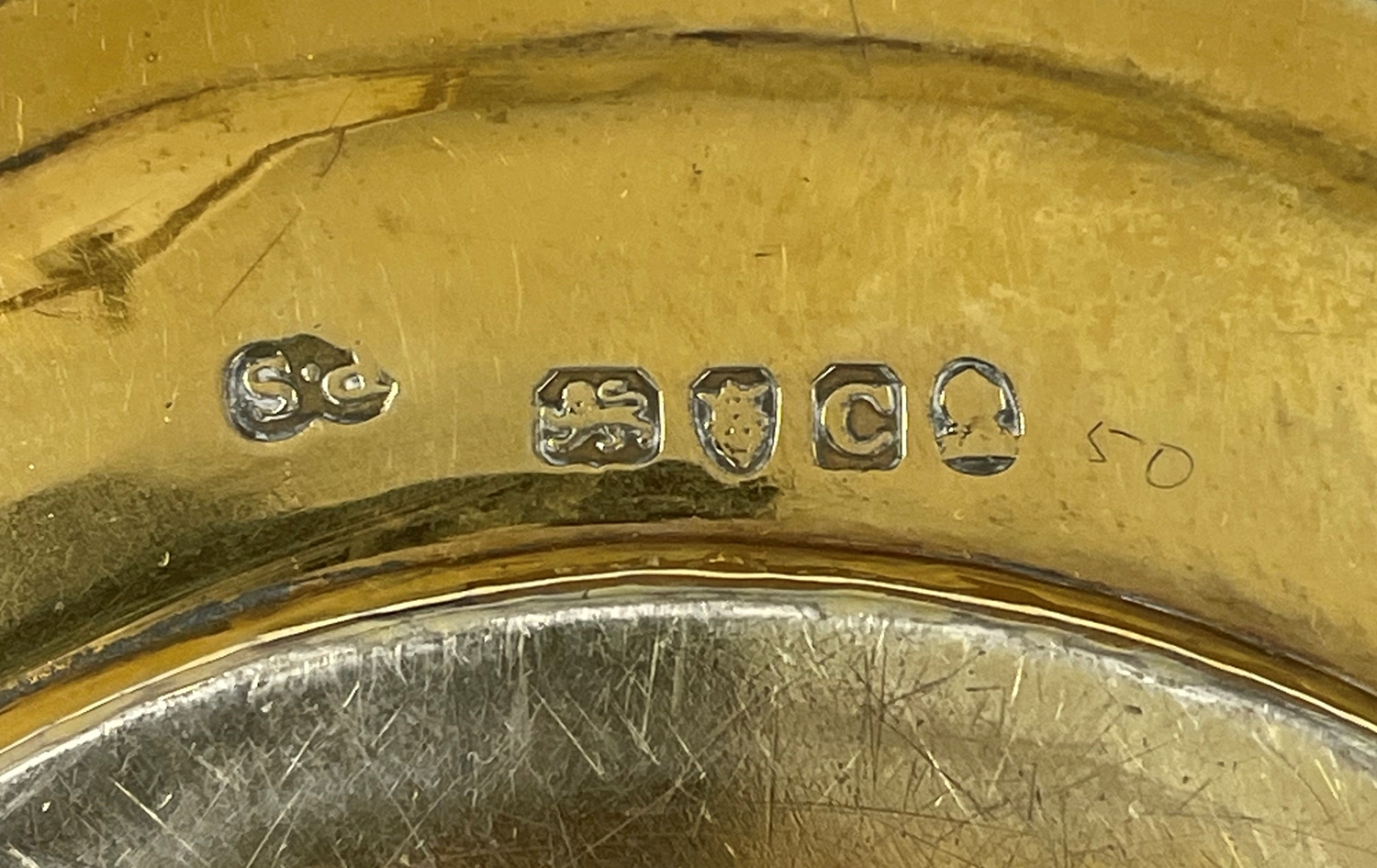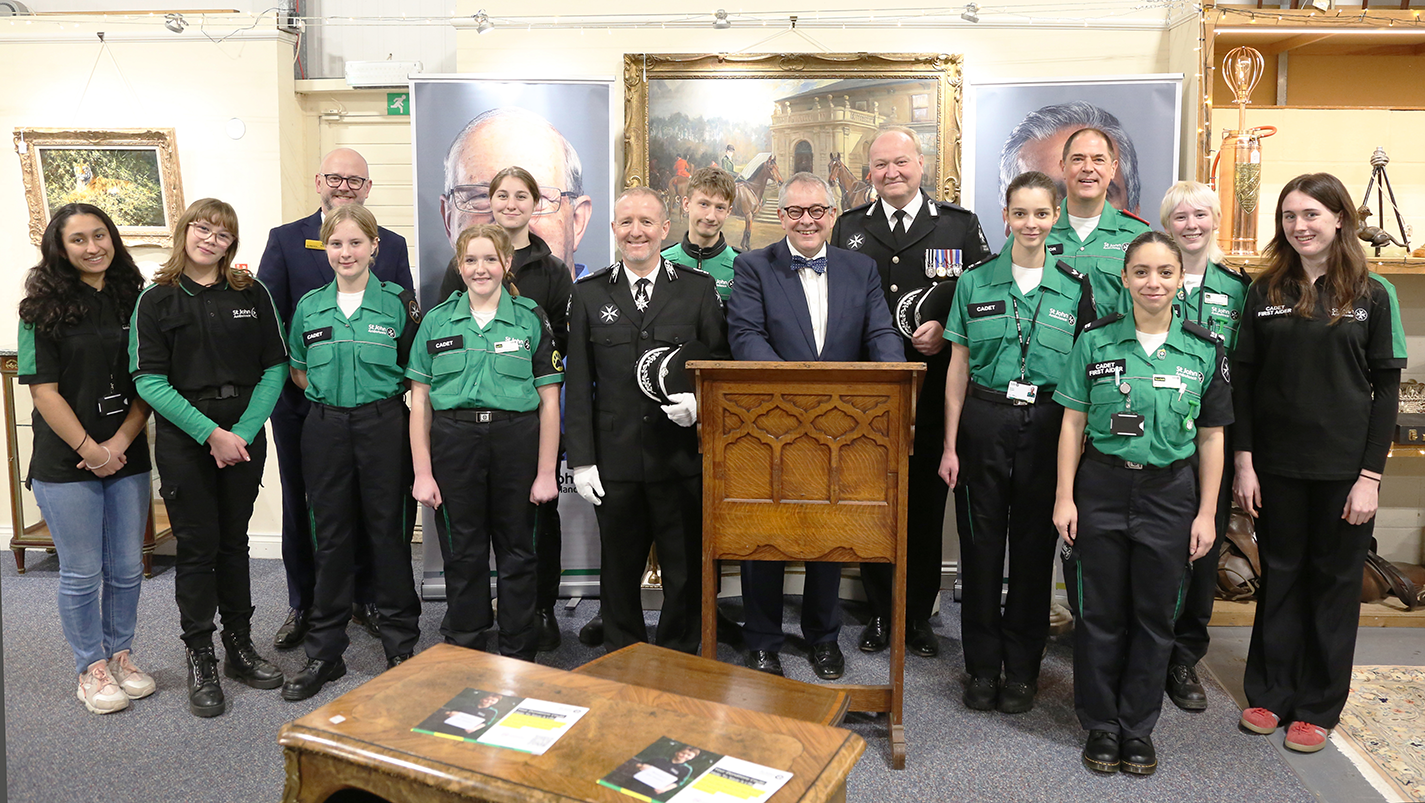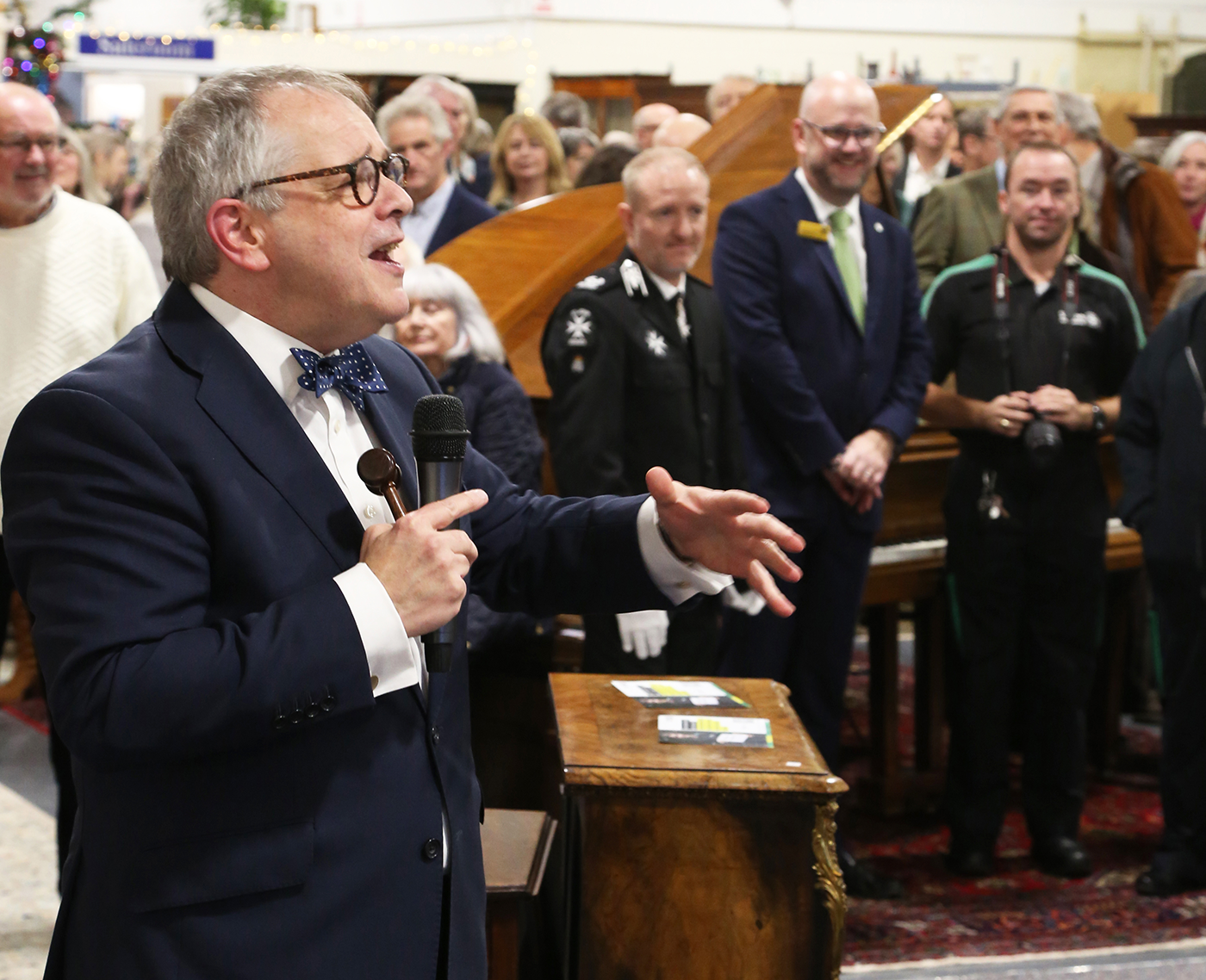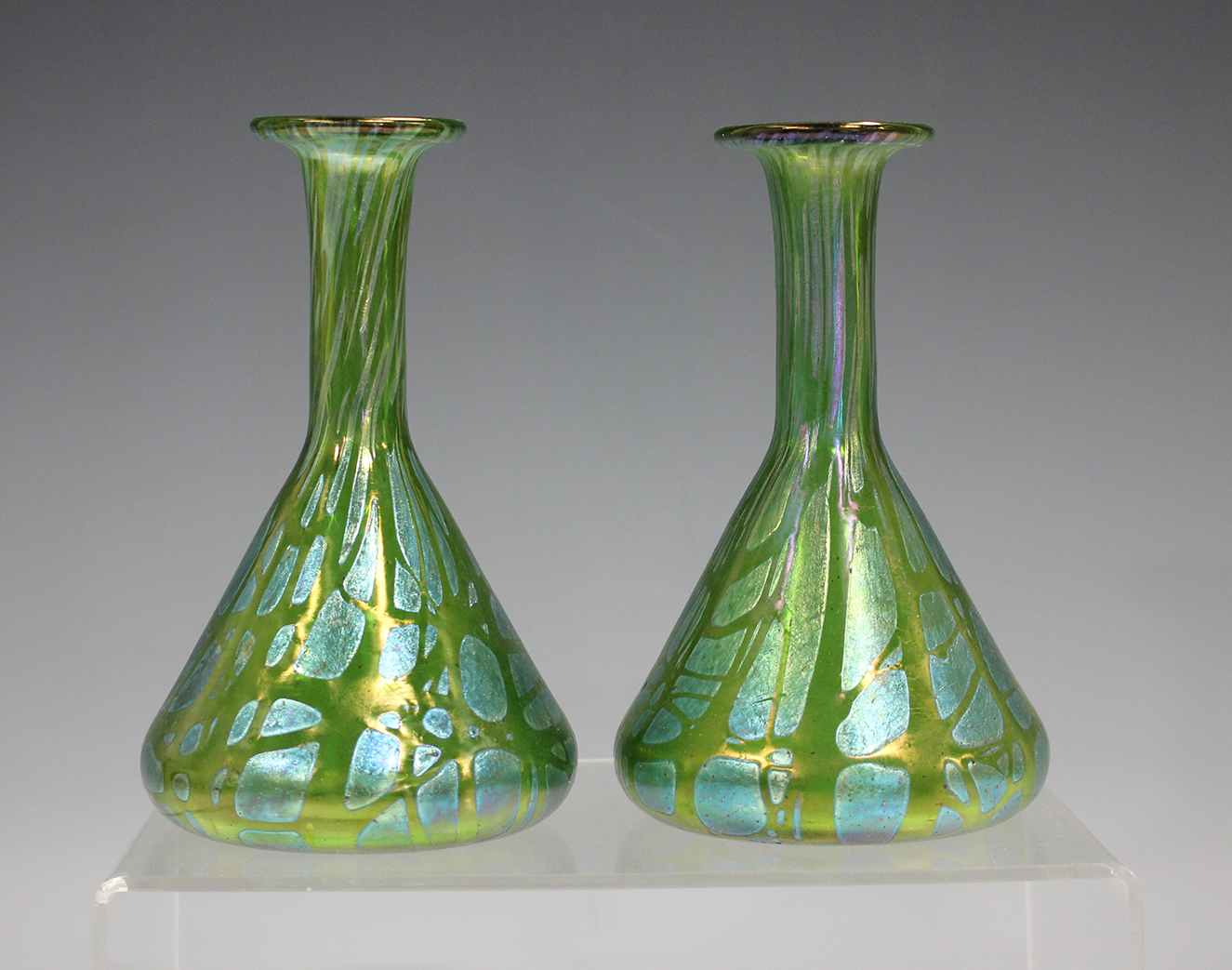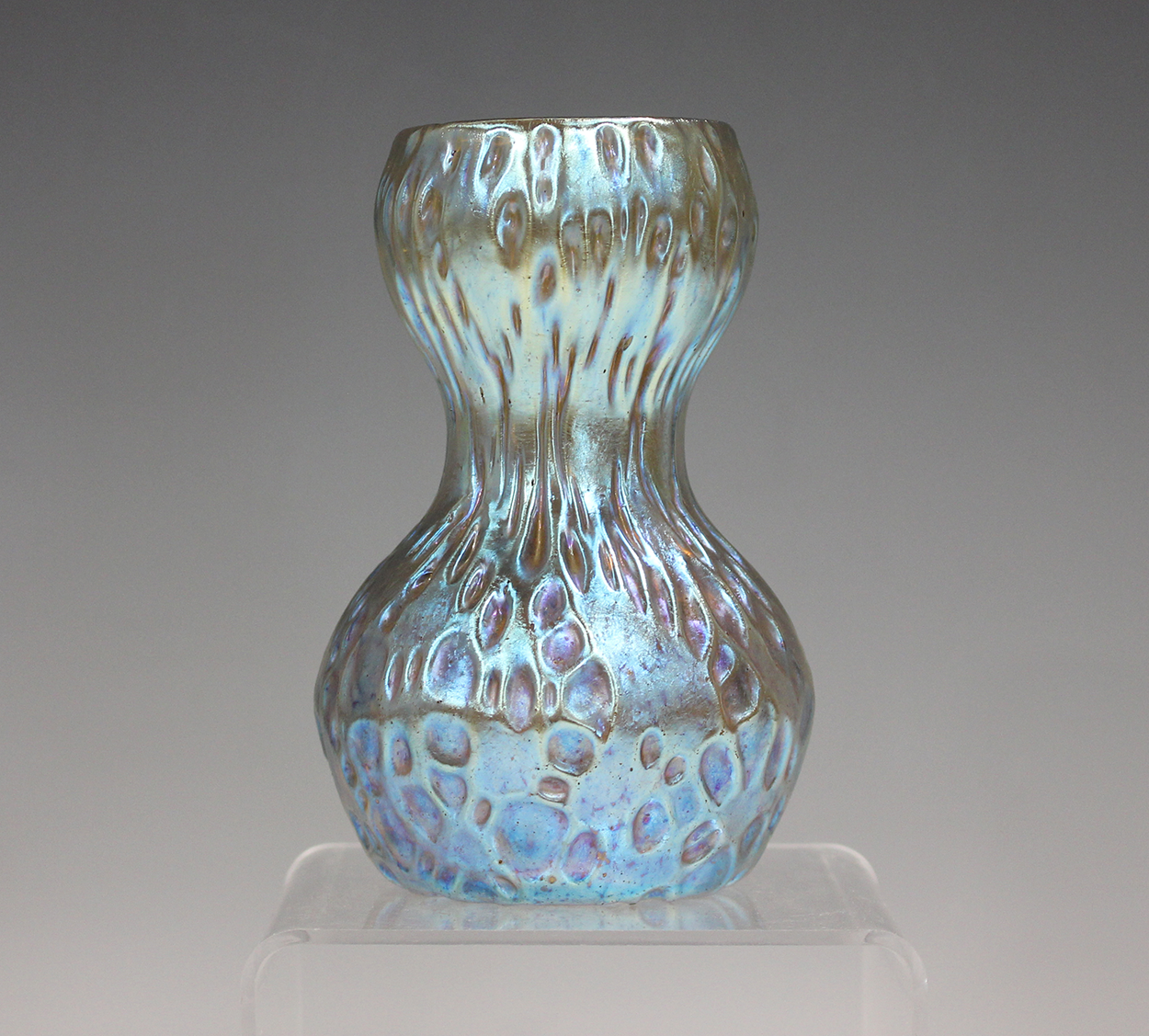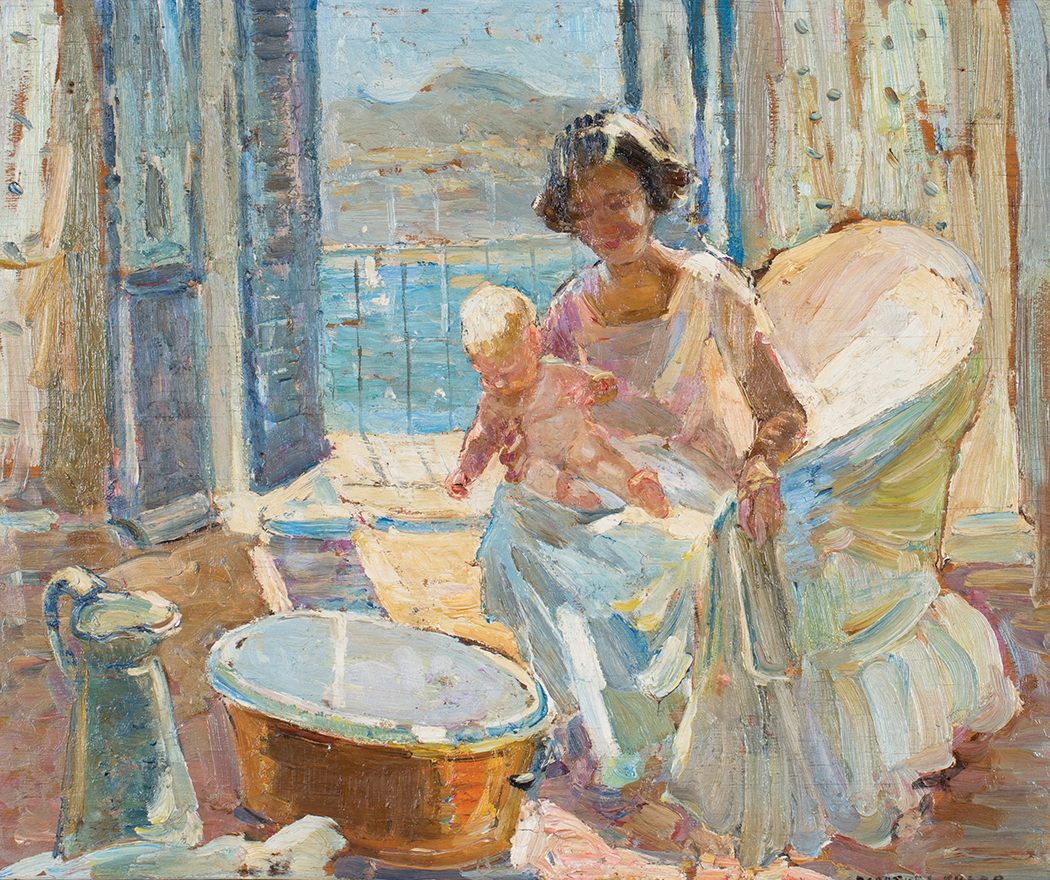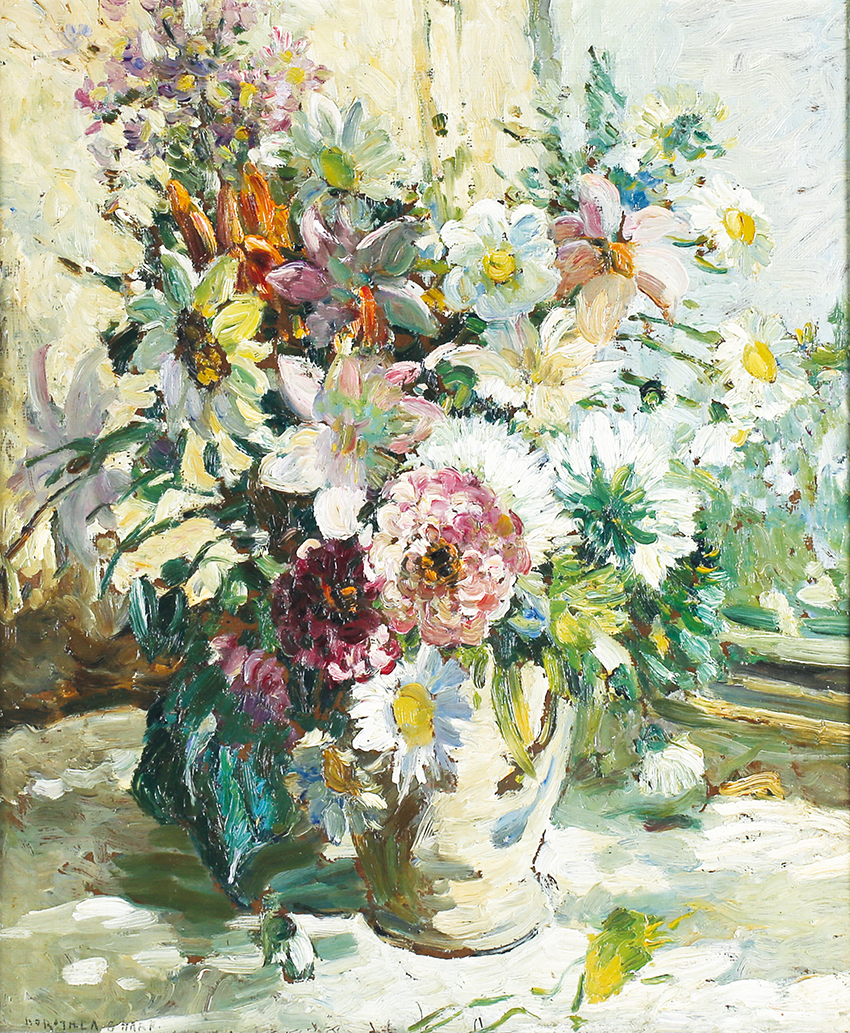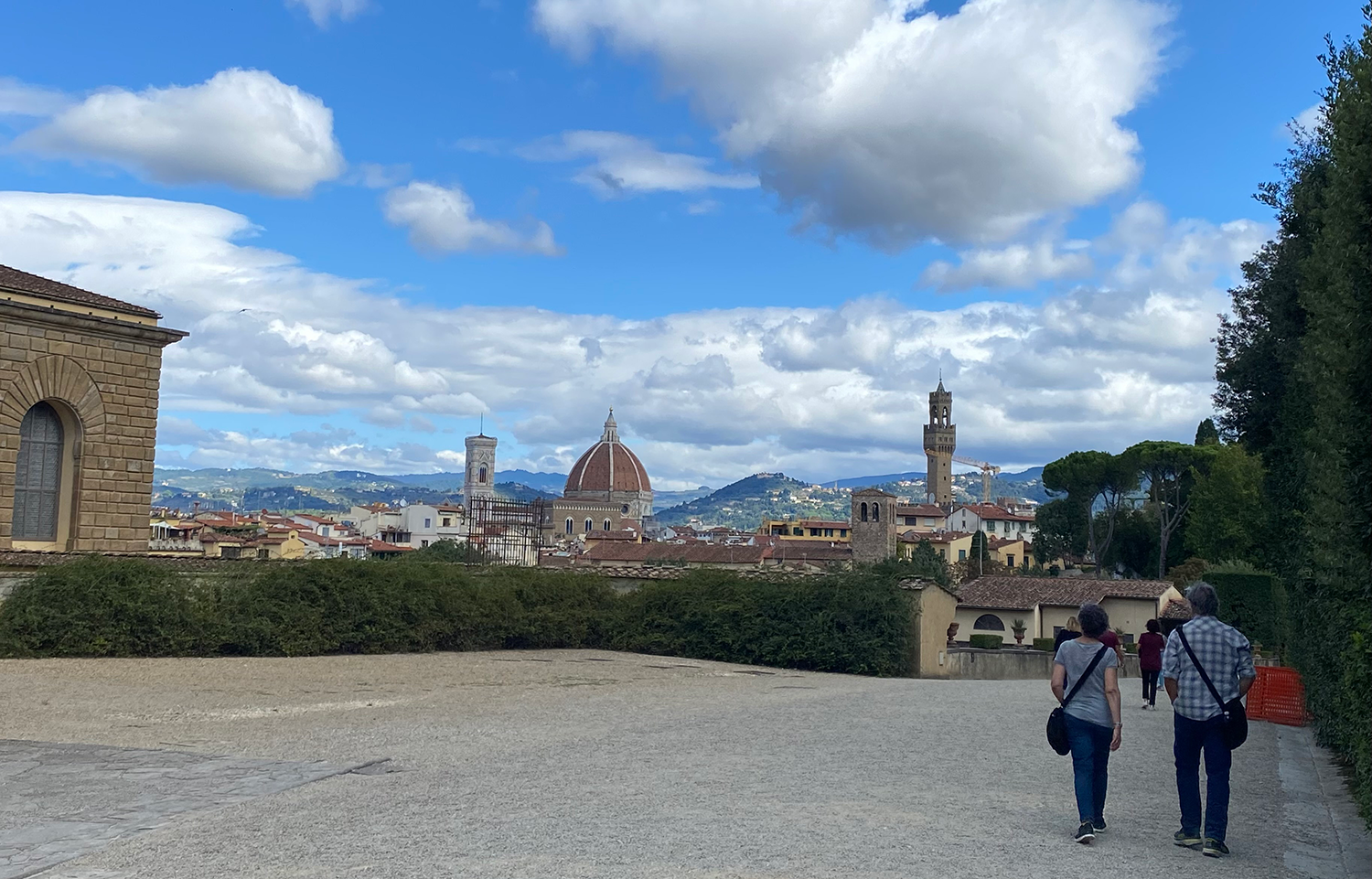
Journeying is part of what it is to be human. It is important to remain questioning and open minded, to reflect on our place in the world.
I was blessed to find myself in Florence in September and was unprepared for how profoundly moved I would be by my encounter with the Christian masterpieces in the Uffizi Gallery and the Renaissance Pitti Palace where I came upon Raphael’s beautiful, intimate Madonna della Sedia painted in 1514. Mary and the Christ child’s gaze invite us into the Christmas story.
The late 19th century Continental gilt-mounted porcelain devotional panel reproduces Raphael’s famous painting. It was made to enable prayer and reflection. Christmas, too, offers us this same opportunity, a punctuation mark in our busy lives.
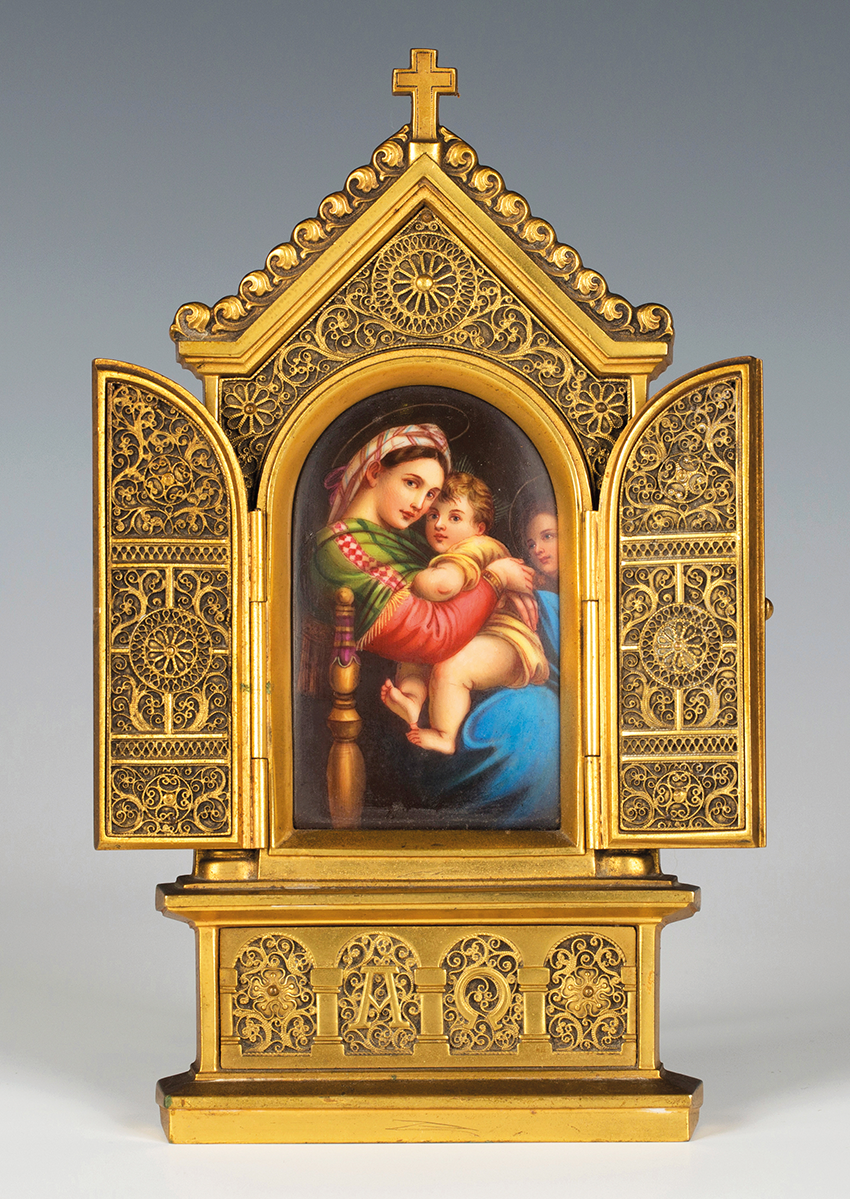
In recent times, and not least this year, there has been much in our daily lives and the news to remind us of the difficulties of our current time. In particular the wars in Ukraine and the Middle East. The accompanying mass migration of people has given cause for some in our country to voice a fear that our way of life and the things which we hold dear are in some way under threat. And yet the solution is not to be fearful but to be confident of what is at the heart of our nation’s common narrative, the values expressed in the Christian story of Christmas.
As a Christian I draw comfort from my belief that on that first Christmas day God came among us as a baby born in a stable, wrapped in swaddling clothes and laid in a manger. His parents were displaced and without their home. The world over the millennia has often talked of value in terms of the material. By these standards Mary and Joseph had little and yet they knew that they had been richly blessed. What they had been given, this remarkable child, they shared with the world.
This intimate Christian story invites us to be active in the world and not spectators. By their example Jesus and his parents leave us in no doubt that acts of kindness to one another and a genuine concern for others can transform our lives and the lives of those around us. These are universal values held by people of good heart from all faiths and none.
The message of Christmas is that true value is defined by love and service to others, especially those in need.
I wish you all a very happy and blessed Christmas.
